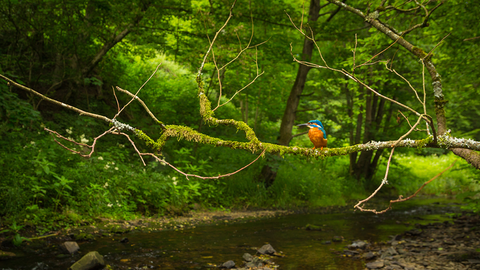Do pesticides endanger biodiversity?
The concern is justified
Even with proper application, sensitive species can be affected - for example butterflies, beetles or wild bees. Soil organisms or aquatic habitats can also be contaminated by inputs. Although some agents only have a short effect (e.g. MIMIC: detectable for 43 days), they have an intensive impact during this time.
The trade-off dilemma
Foresters have to decide on a case-by-case basis: Does the damage caused by a pest infestation outweigh the risks to biodiversity? The timing, dosage, area and choice of agent are selected in such a way that negative effects are kept to a minimum.
Research results at a glance
Studies show that birds also suffer in forests with heavy caterpillar damage - less breeding success, heat stress in unshaded nests. In treated areas, breeding success was higher in some cases because the habitat remained functional.
Two bad options
When it comes to PPPs in forests, foresters are often faced with a dilemma:
-
Do not intervene: Mass propagation eats large areas bare, trees die, habitats are lost.
-
Intervene: PPPs can affect non-target species, the ecosystem is temporarily disrupted.
Goal: Minimal intervention, maximum protection
The strategy is: preserve as much forest as possible, use as few chemicals as necessary - based on monitoring, forecasts and scientific evaluation.

